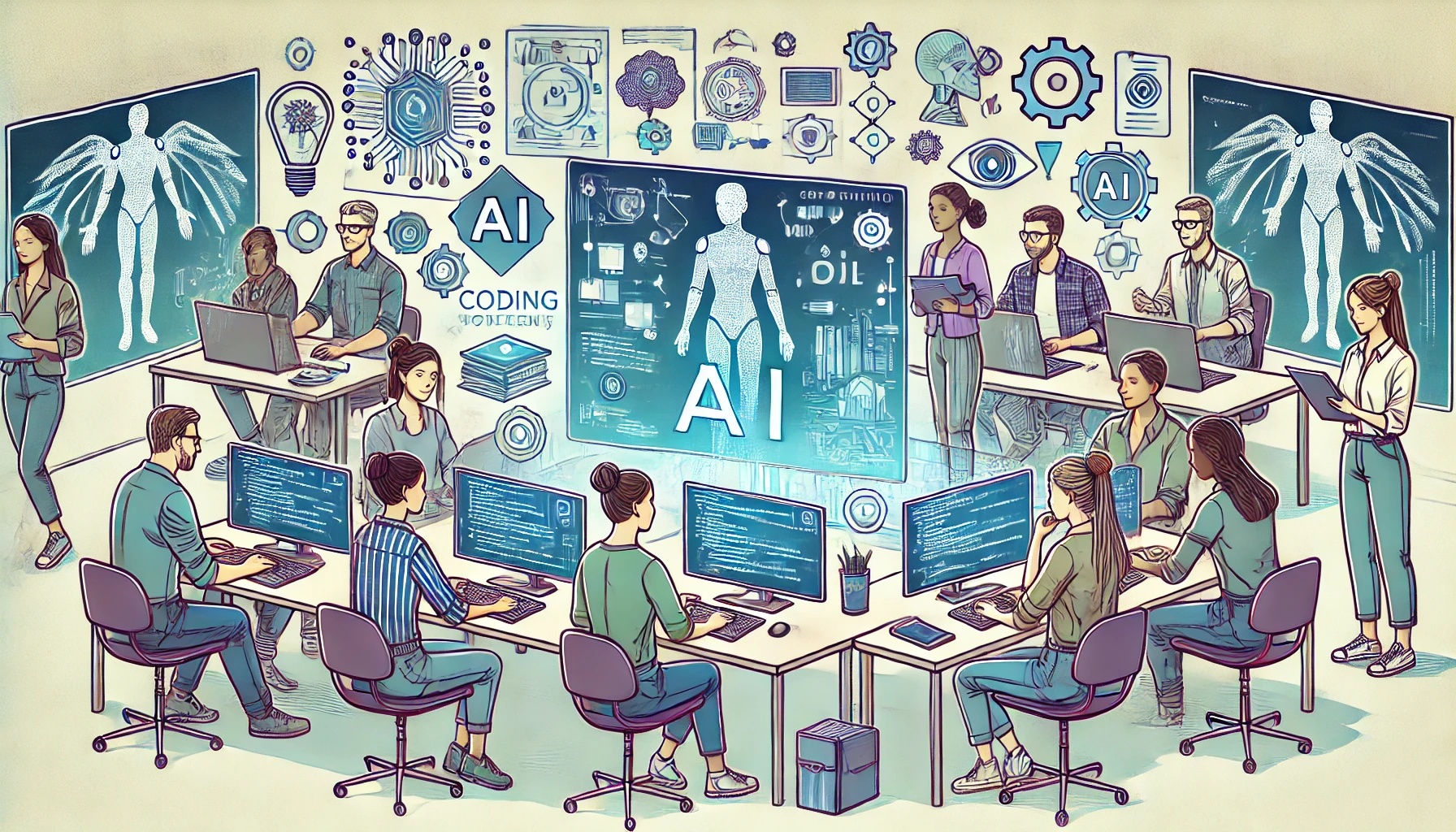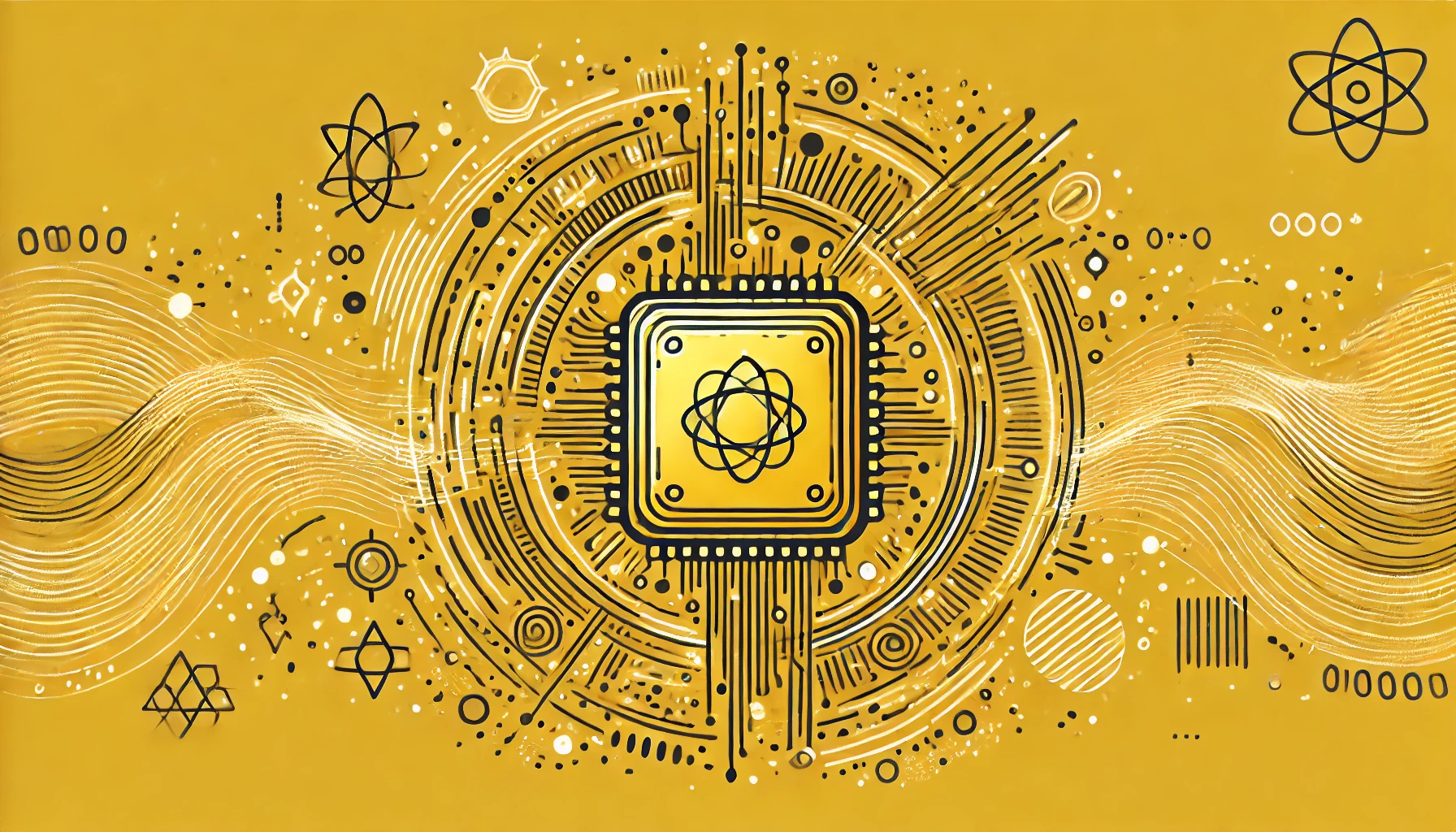Master AI Engineering in Record Time: Proven Hacks for Beginners
Artificial Intelligence (AI) is no longer a niche field reserved for tech geniuses—it’s rapidly becoming the backbone of industries everywhere. And here’s the exciting part: you can be part of this revolution. Yes, even if you’re starting from scratch.
When I first thought about diving into AI, I felt overwhelmed. Neural networks, algorithms, Python—it all sounded so intimidating. But as I peeled back the layers, I realized something: AI isn’t about knowing everything; it’s about learning the right things, one step at a time. Let me guide you through a realistic, hands-on approach to mastering AI faster than you thought possible. 🚀
Why AI Is the Career of the Moment
AI is more than just a career—it’s a way to shape the world. Imagine creating systems that can diagnose diseases faster than doctors or designing algorithms that reduce traffic congestion. That’s what AI engineers do.
Think about this: companies are scrambling to find skilled AI professionals. Roles in AI are growing by 30% annually, and salaries for beginners often start at $100,000+.
I remember reading about AI’s impact on everything from healthcare to entertainment and thinking, This isn’t just technology; it’s transformation. The thought of contributing to something so impactful is what drew me in—and it might just be your calling too.
Why Python Is the Gateway to AI Mastery 🐍
Let’s face it—if you want to learn AI, you need to learn Python. And trust me, it’s not as scary as it sounds. Python is like that one friend who makes everything easier. Its syntax is clean, its libraries are powerful, and it’s the go-to language for AI engineers.
When I first started with Python, I focused on the basics: variables, loops, and functions. It was like learning the alphabet before writing a novel. Tools like Codecademy helped me grasp these essentials quickly.
💡 Here’s My Advice: Don’t rush. Spend a few weeks mastering Python’s basics. Then, explore libraries like Pandas(for data), NumPy (for calculations), and Matplotlib (for visuals). These will form the foundation of everything you do in AI.
Breaking Down Machine Learning (Without the Jargon) 🤖
Here’s what most people won’t tell you: machine learning isn’t as complex as it seems. It’s about teaching machines to learn from data. That’s it.
When I first tackled machine learning, I started with the big three:
- Supervised Learning: Think of this as teaching with examples. I used it to predict house prices based on features like size and location.
- Unsupervised Learning: This is where machines find patterns on their own. My first project involved grouping customers based on purchasing behavior.
- Reinforcement Learning: This was the fun one—teaching a model to play a simple game by rewarding good moves.
📘 Resource I Loved: Andrew Ng’s Machine Learning Course on Coursera. It felt like having a mentor who simplified everything without dumbing it down.
Why Building Projects Early Is a Game-Changer 🛠️
One of the biggest mistakes I see beginners make is waiting too long to start building projects. Trust me—start small, but start now.
My first project was a spam classifier. It wasn’t perfect, but it taught me how to clean data, train a model, and evaluate results. And let me tell you, the sense of accomplishment when my model correctly flagged spam emails? Pure magic.
🎯 What You Can Try:
- Build a model to predict stock prices (hint: use historical data).
- Create a chatbot that answers simple questions.
- Train a model to recognize handwritten digits using the MNIST dataset.
Remember, it’s not about perfection—it’s about progress. Every project adds a layer of understanding and confidence.
How AI Libraries Simplify the Process 📚
Here’s the best-kept secret: you don’t have to reinvent the wheel. Libraries like TensorFlow and Scikit-Learn do the heavy lifting for you.
When I first used TensorFlow, I was blown away by how much easier it made building models. It felt like having a toolbox with every tool you could ever need.
🎯 My Approach: Start with Scikit-Learn for basic algorithms. Once you’re comfortable, explore TensorFlow or PyTorch for deep learning projects.
Your Portfolio: The Key to Standing Out 🌟
I can’t stress this enough: a portfolio isn’t optional—it’s essential. Think of it as your AI résumé.
Here’s what worked for me:
- Focus on Variety: Include projects that showcase different skills, like data visualization and model deployment.
- Write It Down: Explain your projects in plain language—what problem you solved and how you did it.
- Host It on GitHub: Keep your code clean, organized, and easy to access.
Your portfolio doesn’t just show what you’ve done—it shows how you think.
Overcoming Doubts and Roadblocks 🛑
If you’re feeling stuck, know this: everyone does. The key is to keep going.
When I struggled with math concepts, I turned to Khan Academy for quick lessons on linear algebra and probability. When I felt overwhelmed by terminology, I created my own glossary. And when I doubted myself, I reminded myself that every expert was once a beginner.
Why Community Is Your Secret Weapon 🌐
Learning AI can feel lonely—but it doesn’t have to be. Joining communities like r/MachineLearning on Reddit or contributing to open-source projects on GitHub gave me a sense of belonging.
Sharing my journey on LinkedIn was a game-changer. People I didn’t even know started offering advice and support. And guess what? Your network can often open doors that skills alone can’t.
Take the Leap: Start Your AI Journey Today
I’ll be honest: mastering AI takes effort. But every step—no matter how small—brings you closer to your goal.
So, download Python, enroll in a course, or start a mini-project. The future isn’t waiting, and the AI world needs your creativity. Let’s get started. 🚀















Post Comment